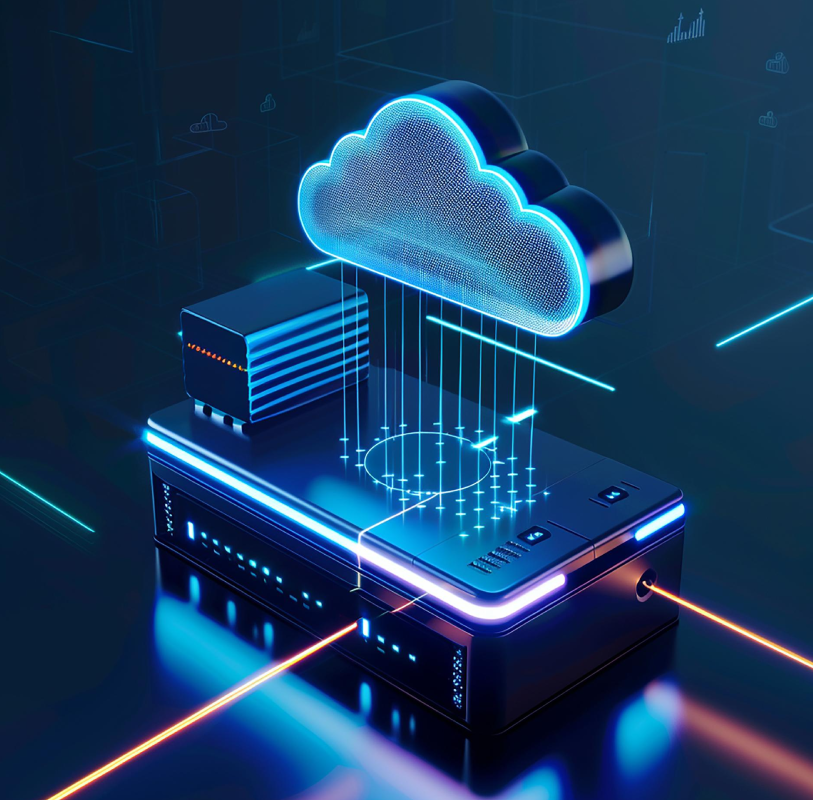
Cloud Computing
Cloud computing is the delivery of computing services over the internet . These services include servers, storage, databases, networking, software, analytics, and intelligence—offered on a pay-as-you-go basis.
Instead of owning and maintaining physical data centers or servers, businesses and individuals can access technology resources on-demand from cloud providers like Amazon Web Services (AWS), Microsoft Azure, or Google Cloud Platform (GCP).
Key Characteristics of Cloud Computing
| Characteristic | Description |
|---|---|
| On-demand self-service | Users can provision computing resources as needed without human interaction. |
| Broad network access | Services are accessible over the internet from anywhere. |
| Resource pooling | Multiple users share computing resources dynamically. |
| Rapid elasticity | Resources can be scaled up or down quickly. |
| Measured service | Usage is monitored and billed based on consumption. |
Types of Cloud Computing Services (Service Models)
IaaS (Infrastructure as a Service)
Provides virtualized computing resources like servers and storage.
PaaS (Platform as a Service)
Offers a platform for developers to build, test, and deploy applications without managing underlying infrastructure.
SaaS (Software as a Service)
Delivers software applications over the internet on a subscription basis.
Deployment Models of Cloud
| Deployment Model | Description |
|---|---|
| Public Cloud | Owned and operated by third-party providers. Shared resources. E.g., AWS, Azure, GCP |
| Private Cloud | Dedicated to a single organization. Hosted on-premises or by a third party. |
| Hybrid Cloud | Combines public and private clouds, allowing data and apps to move between them. |
| Multi-Cloud | Uses services from multiple cloud providers to avoid dependency on a single vendor. |
Benefits of Cloud Computing
